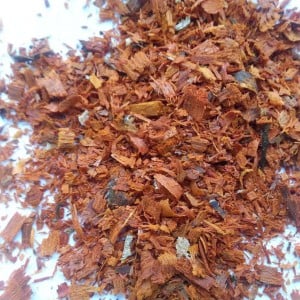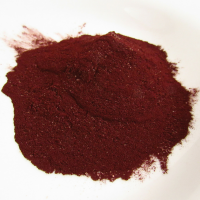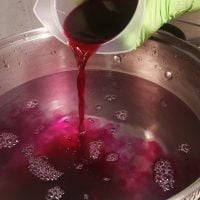Logwood Chips
Our logwood is in sawdust/wood chip form. Use repeatedly until there is no more color. 100g of logwood chips will dye approximately 600g (24 ounces) of fiber a deep purple shade. There will be enough dye leftover for exhaust baths. For more detailed instructions, please visit our page on logwood chips here. Logwood chips yield a rich, deep purple and we source ours from sustainably managed farms. Logwood by itself is not particularly lightfast, so keep from bright sunlight. Its lightfastness increases and the color darkens to a near black with added iron. If your water is neutral or acidic, … Read more



